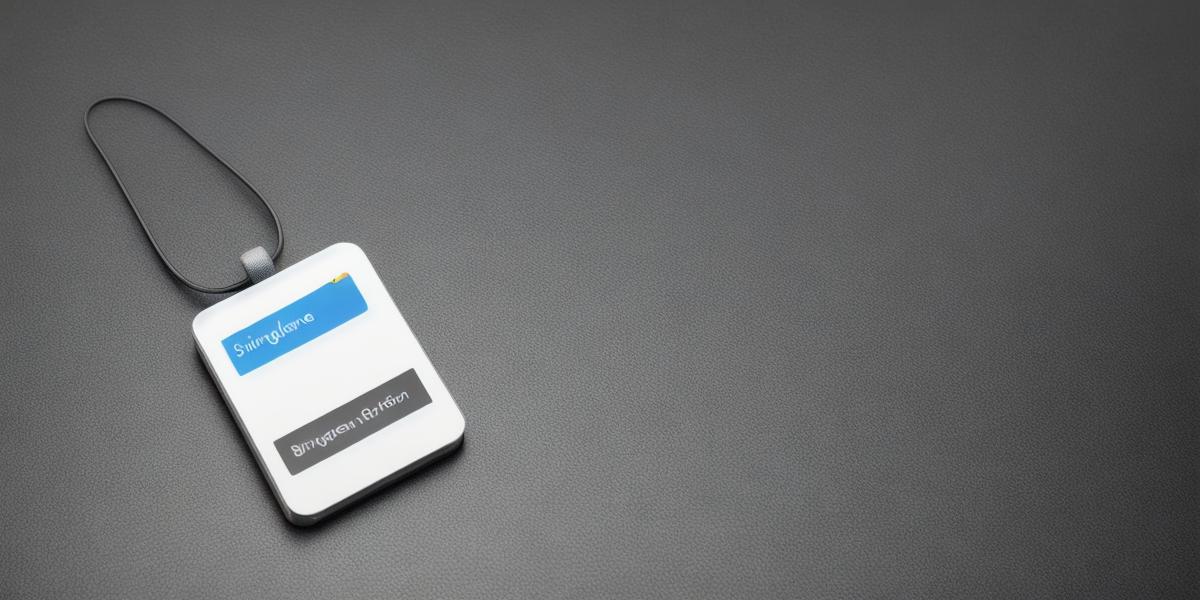Android development is a rapidly growing field, and for good reason. With over 80% of the world’s smartphones running on the Android platform, it’s no wonder that developers are flocking to this exciting field. However, getting started with Android development can be overwhelming for beginners. In this article, we will provide a comprehensive guide on how to get started with Android development, including tips and tricks to help you succeed.
Getting Started: The Basics
Before you dive into the world of Android development, it’s important to understand the basics. First, you need to install the Android Software Development Kit (SDK) on your computer. The SDK is a suite of tools that will allow you to develop and test Android apps. You can download the SDK from the official Android website.

Once you have installed the SDK, you will need to create an account on the Google Developer Console. This is where you will register your app, create your first project, and manage all of your app’s details. To create a new project, simply log in to the console and follow the prompts.
Learning the Language
The primary programming language used for Android development is Java. While it may seem daunting at first, Java is actually a fairly straightforward language to learn. There are many resources available online that can help you get started, including tutorials, videos, and online courses. Additionally, there are several IDEs (Integrated Development Environments) that can assist with coding and debugging your app. Some popular options include Android Studio, Eclipse, and IntelliJ IDEA.
Creating Your First App
Now that you have the basics down, it’s time to create your first app! One of the best ways to learn is by doing, so we recommend starting with a simple app that will allow you to practice what you have learned. For example, you could create a weather app or a to-do list app. There are many resources available online that can provide guidance on how to create these types of apps.
As you begin to develop your app, it’s important to keep in mind the user experience (UX). Your app should be easy to use and navigate, with clear instructions and intuitive features. Additionally, make sure to test your app thoroughly before releasing it to the public. You can use tools like the Android Emulator to simulate different devices and screen sizes.
Publishing Your App
Once you have developed and tested your app, it’s time to publish it on the Google Play Store! To do this, you will need to create a Google Wallet account if you haven’t already. This will allow you to monetize your app by selling it or displaying ads. To publish your app, simply log in to the Google Play Console and follow the prompts.
It’s important to note that publishing an app on the Google Play Store can be a complex process, and there are several guidelines that you must follow. Make sure to read through these guidelines carefully and ensure that your app meets all of the requirements before submitting it for review.
Conclusion
Getting started with Android development can seem daunting at first, but with the right tools and resources, anyone can succeed. By following the steps outlined in this article, you should be well on your way to creating your first app. Remember to keep in mind the user experience and test your app thoroughly before publishing it on the Google Play Store.
